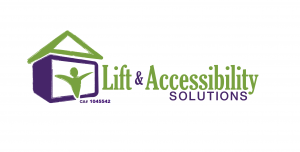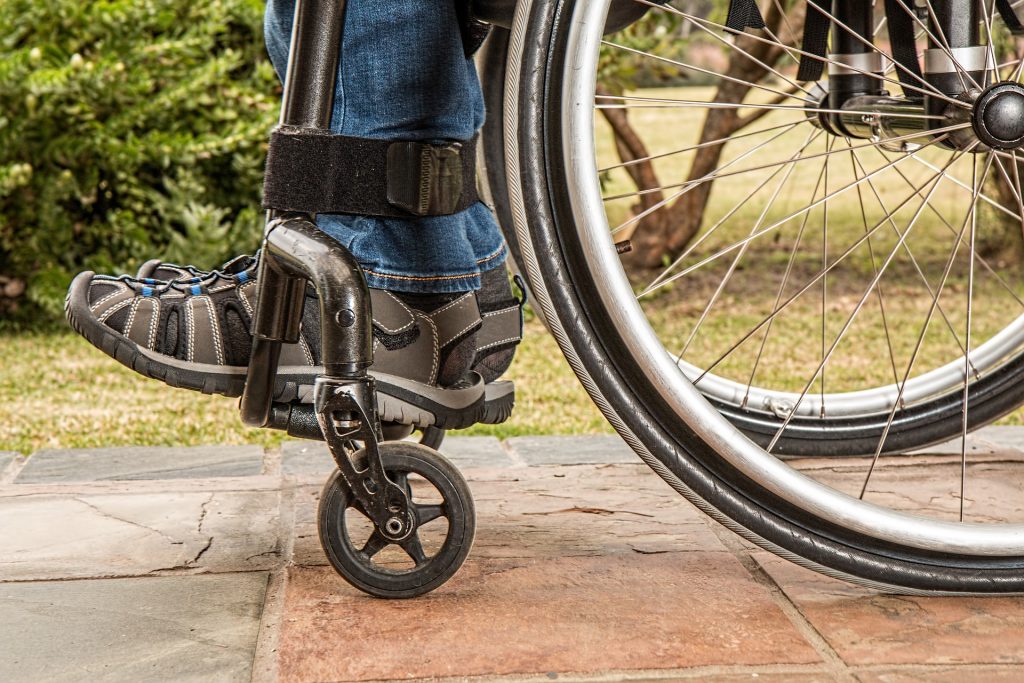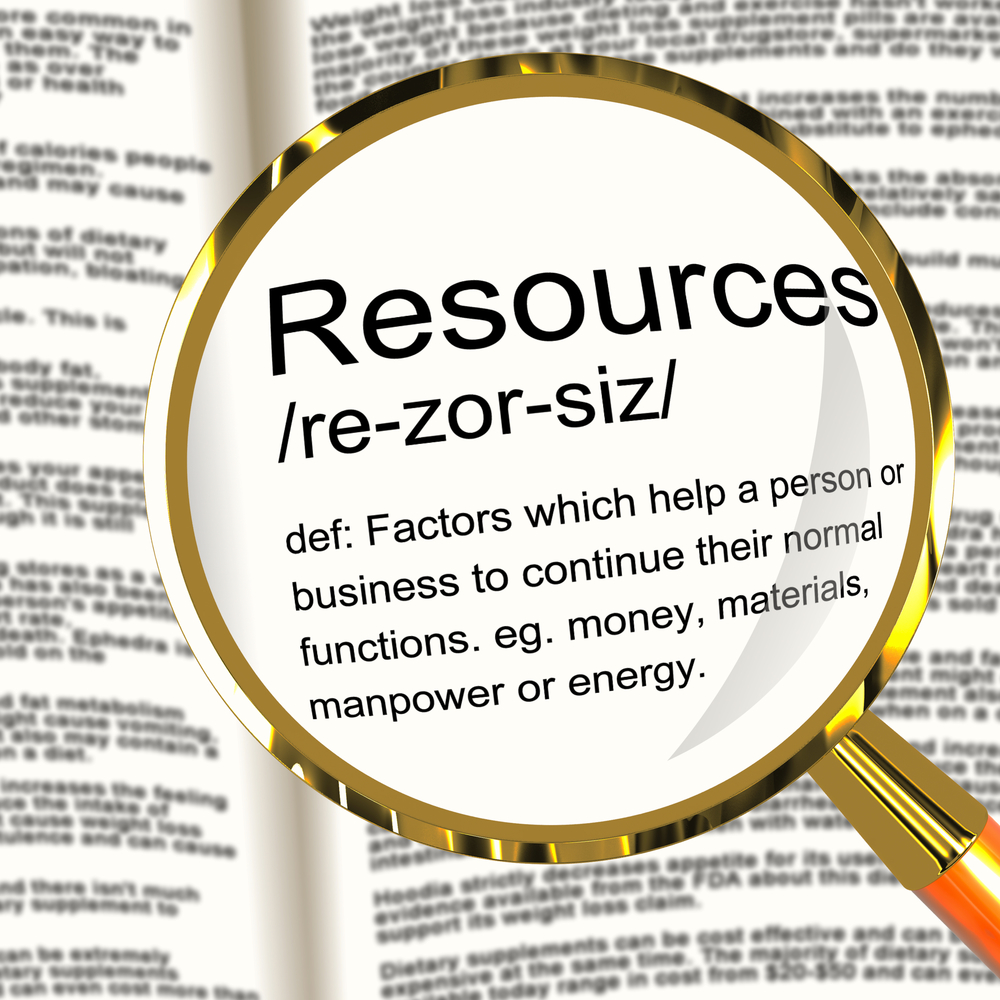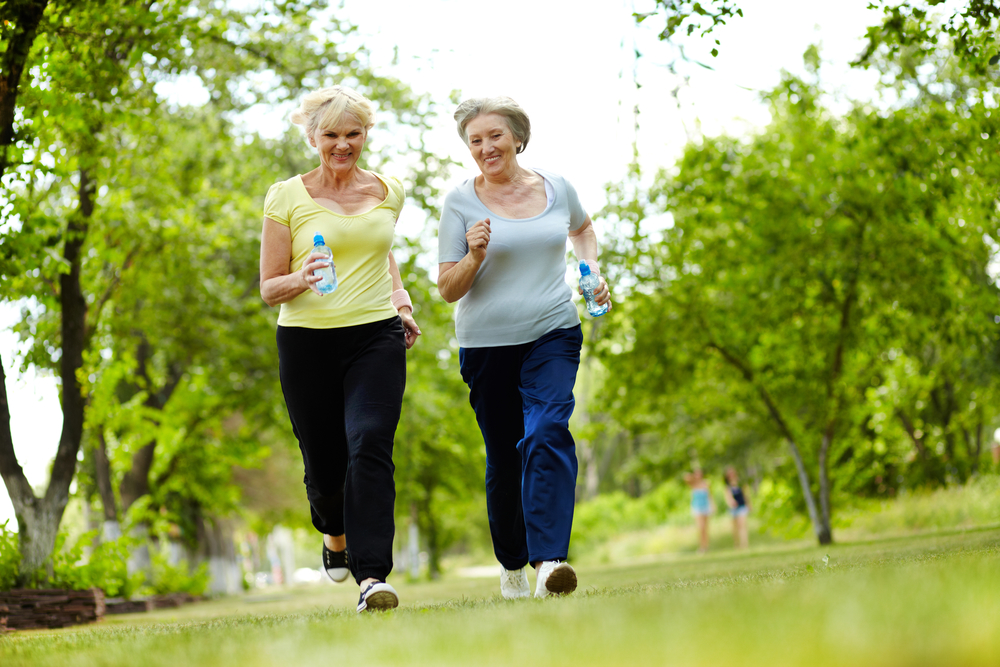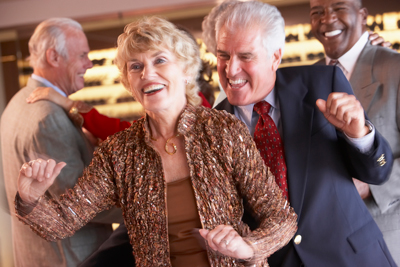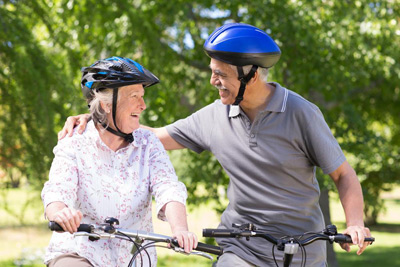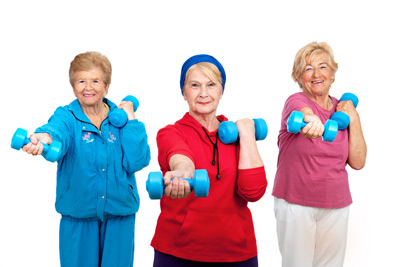14 May 2018
Managing Weight When You Have A Disability
It’s well known that maintaining a good weight is a challenge for many people, and if you have a disability, that challenge is even greater due to decreased mobility. But it’s not impossible to maintain a healthy weight when you have a disability, you just might have to approach it slightly different from others.
Managing Weight When You Have A Disability
Burning Fat
Everyone’s body burns calories; our metabolism is responsible for that. Some people burn calories faster than others due to having a fast metabolism. Those that have a faster or slower metabolism than the average person are most commonly caused by their genetic makeup. And as we age, our metabolism slows down.
There are various ways to burn fat, some of them include the following:
– Drinking more water
– Decreasing your calorie intake
– Decreasing your sugar intake
– Eating six small meals throughout your day
– Increasing vegetable consumption
– Increasing your protein intake: helps burn calories and keeps you feeling full
– Strength training burns 10 percent more fat (consult with your physician before beginning an exercise program)
For weight loss, people with limited abilities should take in less than 2,000 calories. If you’re maintaining your weight, keep the calorie intake the same just make sure you are getting it from healthy foods.
Exercise
You should discuss your options with your physical therapist regarding an exercise routine that you can do within your limitations. Also, check into programs in your area that are geared toward your disability and whose surroundings allow you to exercise in a safe and supportive fashion.
Weights
Weight lifting is still one of the strongest fat burning techniques and is still a viable option for people with limited abilities. Check with your local gym to find out if they have an experienced trainer who can design a weight lifting program that meets your needs.
Cardio
Cardiovascular exercise raises your heart rate while lowering blood pressure thus lowering your risk of cardiovascular problems. It also aids in maintaining good muscle strength and strong joints. People who have mobility issues can find cardiovascular exercise difficult to accomplish, but it’s not impossible.
Other Options
Maintaining your balance, especially during workouts, is a big concern for people with disabilities looking to get some exercise. Consider finding a water workout class in your area, water workouts can provide support and the movements are generally paced to your ability. Water workouts can provide natural resistance to help raise your heart rate. Exercise bands are another good option, they provide a wide variety of exercise techniques suitable for people with limited abilities.
If you’re looking to get active, don’t let that wheelchair keep you from trying out the sport of basketball. Adaptive basketball, also known as wheelchair basketball, is a great way to get an excellent workout and learn to work as a team with others.
Why You Should Try Adaptive Wheelchair Basketball
History
Wheelchair basketball was first spotted in the mid-1940’s when World War II Veterans, seeking treatment in hospitals, started playing basketball together. A few years later, Timothy Nugent founded the National Wheelchair Basketball Association. Twenty years later, wheelchair basketball for women surfaced making this sport accessible to all.
How it’s Played
The rules are very similar to traditional basketball with the exception of the classifications each player is given. According to the National Wheelchair Basketball Association, there are 8 classes of players ranging from 1.0 to 4.5. The higher the classification, the greater the level of mobility. The lower the classification, the lower the level of mobility. Each classification is assigned a point that coincides with their class number. The total number of points present on the court can’t exceed 15 points between 5 players.
Meet Patrick
Meet Patrick Anderson. He’s classified as a 4.5 and is considered by many to be the best wheelchair basketball player in the world. He was born in August 22nd, 1979 with fully functioning legs. At nine years old, he was hit by a drunk driver and lost both of his legs just below the knee as a result. Patrick didn’t allow this tragic event to railroad his future. Patrick starting playing wheelchair basketball in 1990 and went on to win many gold medals both in Paralympics and World Championships.
Join a Team
Although you may not be on your way to the Paralympics like Patrick, you can still use adaptive basketball to push yourself and build friendships. You can find a local team by going to the National Wheelchair Basketball Association’s website.
Special Equipment
There is no special equipment required to play adaptive basketball. An athlete can compete with a traditional wheelchair but over time may choose to purchase a custom wheelchair designed specifically for the sport. Here are three basketball wheelchairs you might consider if you are getting serious.
Adaptive basketball is an incredible sport. If you love basketball, leave the sidelines and give the court a try. You just might be the next Patrick Anderson! Or you may simply improve your mental and physical health.
Across our lifespan, we roll out the excuses not to exercise. We refute the research and claim we are the exception to the rules. As we age, the question becomes “Why bother at this point?” For the benefit of your health (or a senior loved one), let us clear up a few faulty statements about exercise and aging.
Physical Activity Proves Beneficial for Seniors – Exercise Myths Busted
It’s Too Late to Start Exercising at My Age
Beginning a fitness routine at any age offers benefits. The sedentary lifestyle which plagues the senior population raises the risk of cancer, coronary heart disease, depression and anxiety. Muscle integrity decreases, and the risk of injury increases. Plus, physical activity improves mental fitness.
Arthritis (or Osteoporosis) Limits My Ability to Exercise
On the contrary, chronic conditions, like arthritis and osteoporosis, benefit from physical activity. Exercise combats joint pain and fatigue by increasing muscle mass, bone strength and flexibility. While you need to adjust the type of activity you pursue, inactivity worsens symptoms. Furthermore, a sedentary lifestyle correlates with obesity, type 2 diabetes and cancer. Getting active reduces the prevalence of such conditions.
I Hate to Workout
Good news: Staying physically active does not require you to “workout”. It simply means you need to move. Finding activities which you enjoy reaps greater benefits than ones you dread. If you are social, try a group exercise class. For water lovers, swim at your local pool. If family is your passion, chase your grandchildren around the backyard. Walking the mall with friends, hiking a local park, gardening, dance and even sex count as exercise.
The Gym is Expensive (Besides, it is for the Young)
Just as you can choose a physical activity you enjoy, you must find a place you are comfortable getting fit. After all, if you never go, the gym does you no good.
Check out:
- Gyms with senior class offerings
- A Silver Sneakers program at your local YMCA or gym
- Quieter times of day to workout i.e. mid afternoon
- Classes modified for fitness level, disability or sensory loss
Senior living communities and services departments cater exercise programs to an older population, if you are still uncomfortable at the gym.
Exercise is Unsafe for Me
In addition to chronic conditions, the risk of falls, or the presence of Alzheimer’s disease or dementia keeps seniors from exercising out of concern for safety. However, physical activities decrease the risk of falls by increasing balance and coordination. And, they aid in sleep, cognitive function and appetite, while reducing agitation, memory loss and wandering in people with these conditions.
In short, stop believing the myths and get moving. Physical activity is beneficial for seniors.
One of the best ways to keep in a positive mindset is to be active in recreational or sports activities. Both children and adults can stay healthy mentally and physically as they gain self confidence as well as muscle strength and coordination from these activities. Have you wanted to try out adaptive cycling, wheelchair basketball or even adaptive surfing but have no idea where to begin looking?
Where To Start With Adaptive Sports
All across the country there are many communities that are home to organizations designed to provide activities to people with cognitive and physical needs. Some cities offer these programs through their local Park and Recreation services or local hospitals as well as organizations that are established and run independently.
Community programs often offer varieties of recreational and sports activities for all level of abilities. Often no experience is required for most programs unless they are advanced classes. Many of these organisations are also able to provide adaptive equipment for practice and learning.
Don’t Be Daunted
Participation can at first be a daunting thing, as newcomers to adaptive sports need to overcome the mental doubts they may have concerning what they can achieve in time. As they begin to excel at adaptive sports, the emotional boost from success can provide distractions from the stress of daily life. Team sports also promote a sense of camaraderie, competitiveness and teamwork.
Each year thousands and thousands of adults and children with disabilities take part in programs to learn about adaptive sports. With the help of volunteers and the right adaptive equipment, there is a sport for almost anyone with a cognitive, emotional or physical disability willing to give these activities a try.
With several options out there, it is strongly suggested that people try more than one sport and group. With trial and error, patience and persistence you will find that sport that you love.
The following is a list of some organisations that can help you get a start in exploring adaptive sports options. This list is by no means complete, but it is a good start for anyone desiring to learn more about adaptive sports.
YMCA Clubs Clubs
http://www.ymca.net/find-your-y/
Boys & Girls Clubs
http://www.bgca.org/whoweare/Pages/FindaClub.aspx
Children’s Hemiplegia and Stroke Association
Sports Club Finder
https://www.va.gov/adaptivesports/va_clubFinder.asp
National Center on Physical Activity and Disability
“Access Anything: I Can Do That!”
National Sports Center for the Disabled
(303) 293-5711
27 Jun 2017
Seniors Get Out And Enjoy Yourself This Summer
Summer is here, and it is time to get outside and soak up that sunlight! The days are long and beautiful, and there are just too many fun, relaxing and wonderful things to do than to stay cooped up in the house. While you are out and about taking in the summer weather, be mindful of the heat and wear sunscreen! Always practice good safety habits. Here are some ideas that hopefully will help keep you active whether inside or outside and in a positive frame of mind!
Exercise Ideas
Flea Markets and Craft shows
Walking around these events can be a fun way to get out, get a little exercise in, and find some good deals.
Nature Walks and Hikes
Set aside some time to go on a local nature walk. If it is not as easy to get back to mother nature due to where you live, consider a trip to the zoo for the day, where you can take in the animals at a leisurely pace.
Relaxing and Mobility-Friendly Ideas
Go Fishing
Whether you are going on a catch and release trip or to bring home dinner for, fishing can be a great way to spend a summer day! While you’re there why not have a picnic for lunch as well.
Watch an Outdoor Movie or Concert
Community events have gotten more and more popular recently and getting out in public to take in not only the atmosphere but a show is a great way to get out of the house for an evening.
Social Ideas
Join a Book Club
Summer book clubs sometimes meet in parks, but even if they meet indoors at least you’re among like-minded company and out of your house.
Volunteer
Check your local library and see if they would be interested in kids story time readings or other special events.
Other ideas
Sporting events
Anything from the neighborhood ball game to grandchildren swim meets can be a great way to spend the day. If you live in a larger town you might also have a local baseball team or even a professional sporting event.
Staycation Tourist
Depending on where you live many tourist cities offer everything from trolley rides to horse-pulled carriage and walking tours. Get out and take the time to see your city and all its sights.
22 Nov 2015
Benefits of Dancing for Senior Citizens
Aging can be scary for some as they start to become more aware of their fragility and mortality. With modern science, however, people have been able to live longer and enjoy their lives for more years than their parents and their parents’ parents could. These days, the older people get, the more they seem to find hobbies that are fun. Dancing is a great hobby with mental and physical benefits.
Dancing can be a great stress relief and it can give seniors the energy they need to go about their days hopeful and bright. Here we will explore the benefits of dancing and its contribution to enriching the lives of the elderly.
Dancing comes with a world of benefits. For elderly people who dance on a consistent basis, studies show they can improve their overall health. With dancing, they can improve their balance, which helps them reducing the risk of fractures, immobility and falls. Dancing is even known to increase the elderly’s walking speed.
Dancing can improve the elderly’s agility and flexibility, as well as increase their strength. Because dancing has the same benefits as swimming or bicycling, it can help older people stay fit and active while helping them increase strength in their muscles and bones.
With a metabolism that slows down with age, dancing is one of the best ways to get exercise that can help elderly people maintain a weight that is healthy. Dancing can increase the metabolism and even help prevent disease according to some studies.
While there are many physical benefits of dancing at an older age, there are emotional benefits as well. With age, sometimes people become sad in fear of their own death, or in mourning of the deaths of those around them. With depression increasing in the elderly population, dance can help relieve stress or a feeling of loneliness.
In Santa Rosa, CA there are a number of dance studios that offer classes. Arthur Murray Dance Studio, California Ballroom, Nordquist Dance Studio, and Just Dance Swing Ballroom are among the studios that provide ballroom dance lessons.
Getting old does not have to mean that your life stops. In fact, it can mean a new lease on life where you do the things that make you happy and healthy. If you are in the Santa Rosa area and are considering dance lessons, you have many options to choose from.
22 Sep 2015
Keep Moving! Benefits to Exercising As We Age
Everyone knows exercise has a wide variety of awesome benefits to offer their mind and body. However, some groups are often told that exercise may be too dangerous for them, especially senior citizens. Thankfully, the stigma that exercise is too risky for the advanced age individuals in our society is completely unfounded. In actuality, the benefits seniors have to gain from exercise are perhaps even more important than their younger counterparts.
Exercise greatly benefits both the mental and physical health of seniors. From preventing life-threatening conditions such as stroke and heart attacks, to boosting mood and sexuality, exercise is particularly important for elders. If you have mobility, you can exercise. Additionally, even disabled elderly citizens have many different exercise options available to them. Simply finding the exercise that is right for your body is the most important step on the road to a healthy lifestyle.
Have you noticed that it has become harder for you to do simple tasks like carrying groceries, walking up stairs, and getting into bed at night? This may be due to your lack of physical exertion that your body was used to at a younger age. A well-regulated exercise regimen can provide a new found strength that will help these daily tasks become simple again.
Stationary bikes, water aerobics, and beginner’s yoga can all be fantastic options for seniors looking to exercise. Additionally, many types of weight training and cardio machines have been built specifically for use by the elderly. If you want to improve strength, flexibility, circulation, balance, and more, you must begin exercising regularly. No other practice will help ensure your longevity more effectively.
For those elderly readers who have recently experienced an injury or a loss of energy, exercise can be particularly helpful. In fact, many studies are beginning to show that regulated exercise can help elderly patients heal faster. Given the long periods it can take for elderly people to heal from injuries, this news should be exciting and life changing for some readers.
Exercise programs also provide an excellent way to get out there and meet other active seniors. If you want to boost your social life while getting healthy and happy, consider joining a group of elderly health and exercise enthusiasts. With all these amazing benefits to be had, all seniors should begin considering the positive impact a regular and regulated exercise regiment can have on their life.
11 Sep 2015
Ways to Keep Seniors Mobile And Active
As we begin to age, we have a tendency to become less and less mobile. However, that is not how it should be. It is important for older folks to continue to be mobile to remain healthy and active. Although the saying “objects in motion stay in motion and objects at rest stay at rest” seems cliché, it is true. The more seniors move, the easier it will be for them to continue moving. So, seniors should make sure they do something active every day. It can be something as simple as a walk around the block; it does not need to be strenuous. The important factor is to get out and do something. Following are some ways elderly people can make sure they remain mobile and active.
Take a walk
Walking is perhaps the easiest way for a senior to stay active. If a senior is just starting a new regimen, it is important to start slowly. A trip around the block is a sufficient for staying mobile. Seniors who are interested in additional activity can take a few trips around the block. Walking will help keep a senior’s cardiovascular and pulmonary systems working well, too.
Gardening
Maintaining a small garden is a great way for seniors to remain active. Tending to flowers or fruits and vegetables requires a certain amount of calisthenic activity such as squatting and reaching. So, it is a great activity for seniors who want to remain strong and limber. Seniors who grow fruits and vegetables can also reap the benefits of adding these healthy foods into their diets.
Senior activity classes
Many park districts and other local organizations offer activity and sports classes that are age-appropriate for senior citizens. There is usually a large selection of these classes, so it should be easy for a senior to find one to suit his or her tastes. The activities in this classes are generally geared toward the fitness level of the participants, so seniors should be able to participate without any difficulty. These classes also provide a great opportunity for seniors to socialize with other elderly people in the area.
Water aerobics
Often, some activities involve too much impact for some seniors to be able to participate in them safely. In cases such as these, water aerobics is the perfect solution. This type of exercise enables older people to get in their physical activity while still protecting their joints.
Seniors who remain mobile and active live healthier and more productive lives. Help the senior citizens in your life remain mobile, healthy and happy by assisting them with the activities they can no longer do independently; both you and they will be better for it.
